I need to build a circuit that has 4-20mA input and can power sensors from the loop with 2-wire connection.
Could someone explain the principle of the power circuit built in such sensors? I would be grateful if someone drew a simplified schematic.
Example (images from manufacturer website and manual):
Please notice that this "transmitter" has just 2 wires to connect with "receiver", there is no VCC and loop negative is GND.
https://www.vega.com/en/products/product-catalog/level/radar/vegapuls-62
At this moment I have some devices with input built similar to this:
